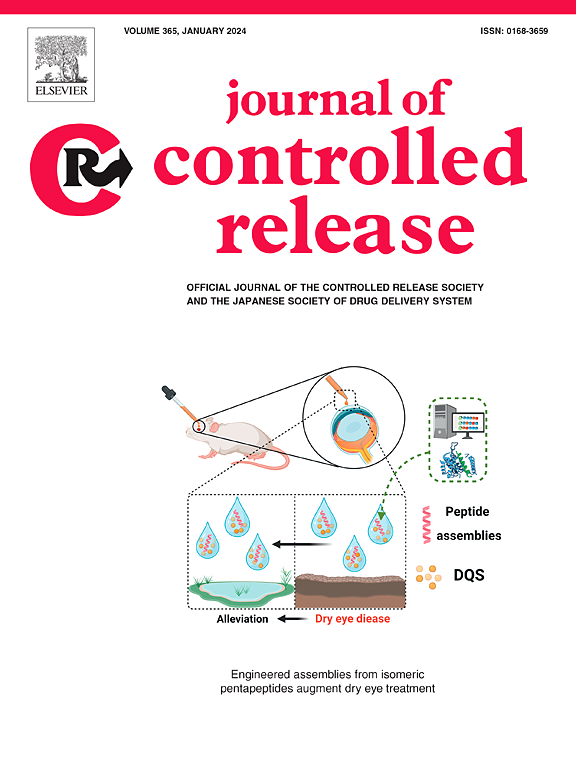Regulated cell death mechanisms in mitochondria-targeted phototherapy
IF 10.5
1区 医学
Q1 CHEMISTRY, MULTIDISCIPLINARY
引用次数: 0
Abstract
Phototherapy, comprising photodynamic therapy (PDT) and photothermal therapy (PTT), was first introduced over a century ago and has since evolved into a versatile cancer treatment modality. While numerous studies have explored regulated cell death (RCD) mechanisms induced by phototherapy, a comprehensive synthesis centered on mitochondria-targeted phototherapeutic strategies and agents as mediators of RCD is still lacking. This review provides a systematic and in-depth analysis of recent advances in mitochondria-centered mechanisms driving phototherapy-induced death pathways, including apoptosis, autophagy, pyroptosis, immunogenic cell death, ferroptosis, and cuproptosis. We highlight the critical role of mitochondria as central regulators of these death pathways in response to phototherapeutic interventions. Moreover, we discuss fundamental design strategies for developing precision-targeted phototherapeutic materials to enhance efficacy and minimize off-target effects. Finally, we identify prevailing challenges and propose future research directions to address these hurdles, paving the way for next-generation mitochondria-targeted phototherapy as a highly effective strategy for cancer management.


求助全文
约1分钟内获得全文
求助全文
来源期刊

Journal of Controlled Release
医学-化学综合
CiteScore
18.50
自引率
5.60%
发文量
700
审稿时长
39 days
期刊介绍:
The Journal of Controlled Release (JCR) proudly serves as the Official Journal of the Controlled Release Society and the Japan Society of Drug Delivery System.
Dedicated to the broad field of delivery science and technology, JCR publishes high-quality research articles covering drug delivery systems and all facets of formulations. This includes the physicochemical and biological properties of drugs, design and characterization of dosage forms, release mechanisms, in vivo testing, and formulation research and development across pharmaceutical, diagnostic, agricultural, environmental, cosmetic, and food industries.
Priority is given to manuscripts that contribute to the fundamental understanding of principles or demonstrate the advantages of novel technologies in terms of safety and efficacy over current clinical standards. JCR strives to be a leading platform for advancements in delivery science and technology.
 求助内容:
求助内容: 应助结果提醒方式:
应助结果提醒方式:


